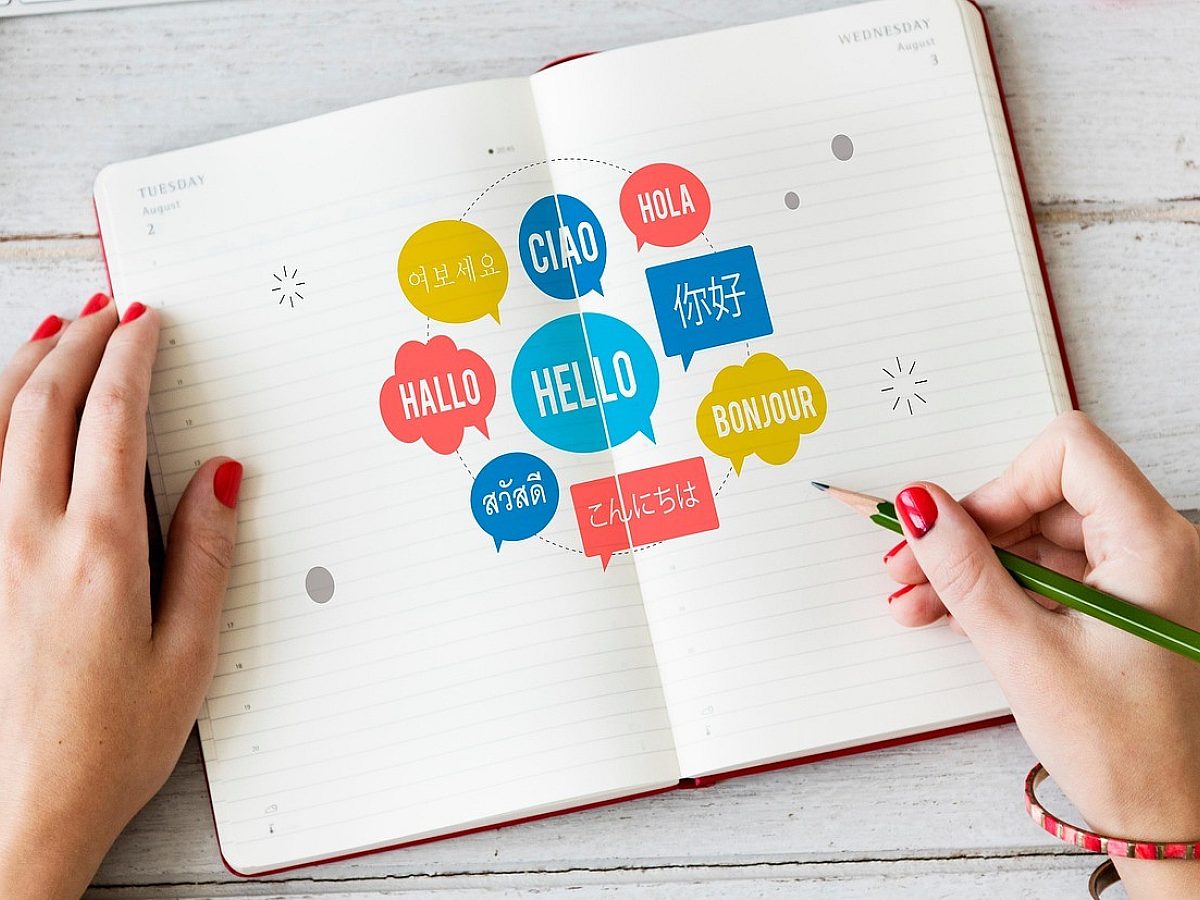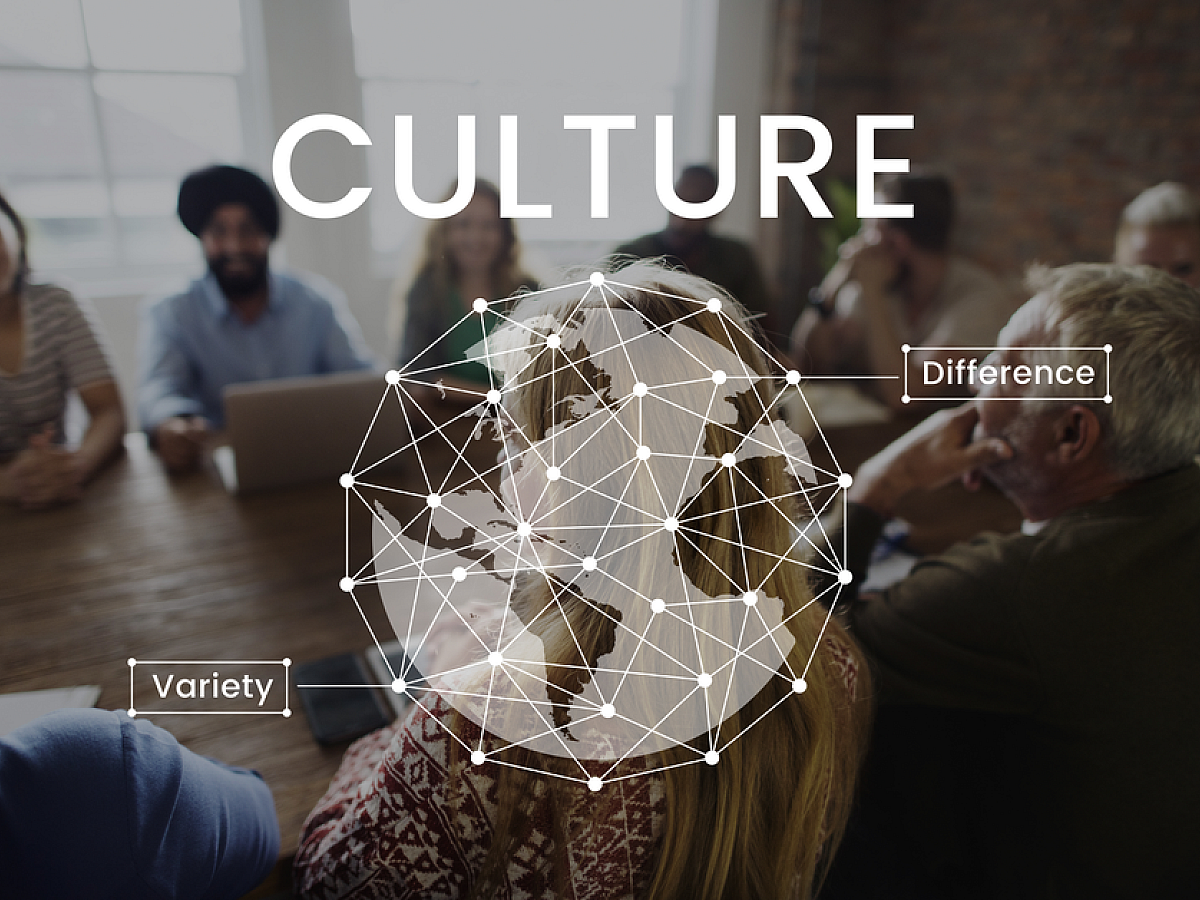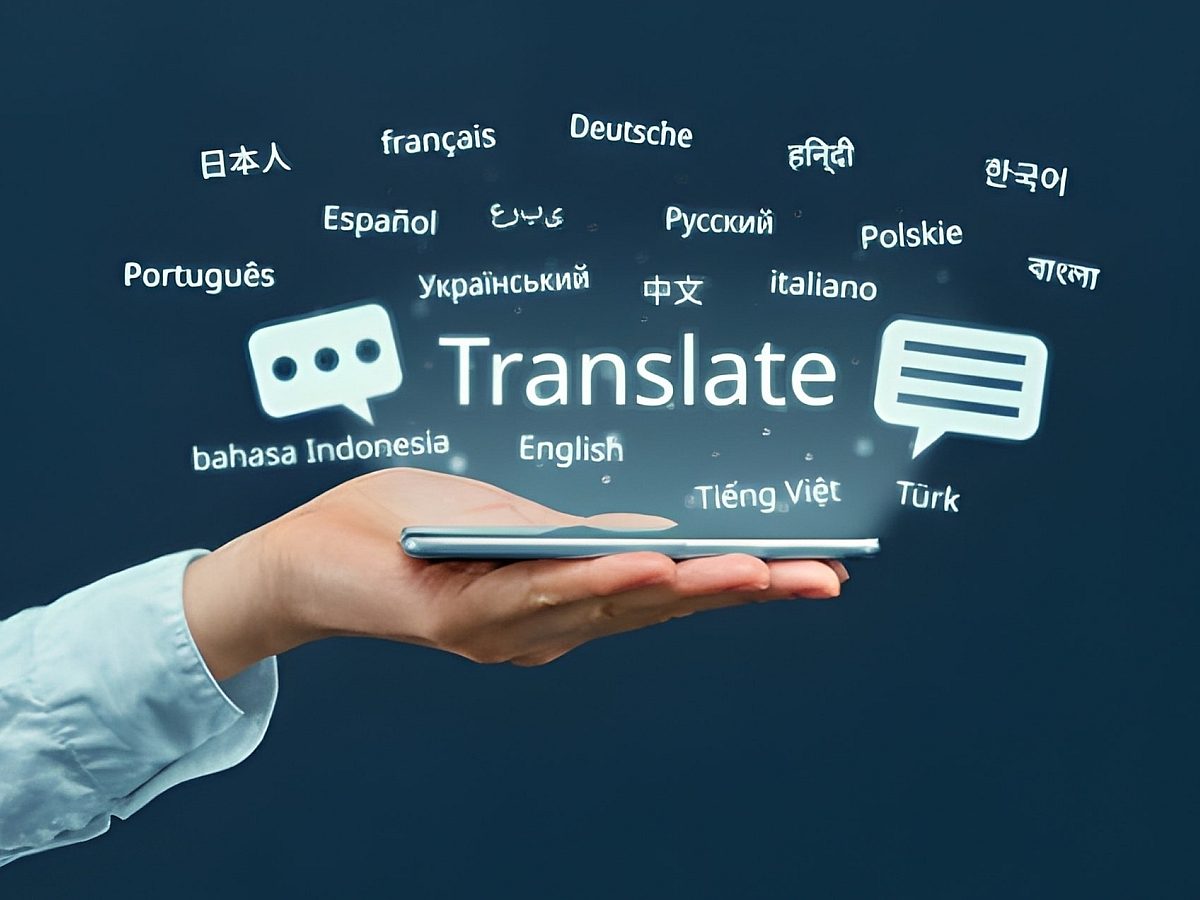Accessibility compliance can no longer be considered optional for companies seeking to grow. Not only does it expand your reach to tens of millions of new consumers (within the US alone), but it also improves loyalty with existing customers, increases organic web traffic and shields you from potential fines for non-compliance.
Staying compliant and covering all of your accessibility bases can be a challenge. Every year, new regulations come into effect across regions, and that doesn’t include policies by private companies like Google and social media platforms. For this reason, it’s a smart idea to partner with an agency like Wolfestone Group, which can handle 100% of your media accessibility needs while ensuring you remain compliant in the long term.
If you choose to optimize your media and website for inclusivity on your own, we’ve created a few helpful checklists to ensure you’ve covered the most important accessibility elements for growth: from audio description to SDH subtitles.
Why Accessibility Matters for Your Business
Accessibility in media content—ranging from videos and audio to web interfaces—ensures that all individuals, including those with disabilities, have equal access to information and services.
However, ensuring your media content is accessible to everyone is not just about being inclusive—it’s also a strategic business decision. According to a study by Accenture, companies that prioritize accessibility report 28% higher revenues and 2x the net income of their peers.
Accessibility may be the secret behind many brands’ growth. Here’s why:
- It Expands Audience Reach: Around 50 million Americans have some degree of hearing loss, and around 20 million have visual impairments. Together, they make up over 20% of the US population. Media accessibility makes it easier for these consumers to interact with your brand, potentially increasing your customer base and market share.
- It Minimizes Legal Risk: In many cases, your company is legally obliged to provide accessibility options for disabled consumers and staff. Compliance with accessibility laws and guidelines, such as the ADA in the United States or similar regulations globally, reduces the risk of legal action against your company.
- It Improves SEO: Search engines like Google favor accessible websites, as they tend to have clearer structures and better indexing capabilities. Implementing accessibility standards can improve your site's SEO, leading to higher visibility and traffic.
- It Fosters a Positive Brand Image: Consumers without disabilities prefer to interact with inclusive brands. In a 2021 survey, most U.S. consumers said they are “more likely” or “much more likely” to support brands committed to diversity and inclusion. Demonstrating a commitment to accessibility enhances your brand's image, which can boost customer loyalty and trust.

Checklist: Improve Your Media Accessibility
To help your business align with best practices in media accessibility, we've compiled checklists that cover key areas. The following checklists were developed according to the Web Content Accessibility Guidelines (WCAG) and the Americans with Disabilities Act (ADA). Use them as a guide to make your video, audio and web content accessible to as broad an audience as possible.
Video Accessibility Checklist
- Captioning and Subtitles: Ensure videos have accurate captions or subtitles for deaf, hard of hearing, or non-English-speaking audiences.
- Audio Descriptions: Provide audio descriptions for visual content to assist blind or visually impaired users.
- Screen reader compatibility: Use media players that support keyboard navigation and screen readers.
- American Sign Language (ASL) Captioning: For live events or recorded videos, ASL captions enable the 500,000+ native ASL speakers to access your content.
Audio Accessibility Checklist
- Transcription: Convert your audio content, including podcasts and interviews, to text.
- ASL Interpreting: Offer sign language interpretation for important audio broadcasts and live events.
- Adjustable audio controls: Audio controls, such as volume, should be easily accessible.
- Translation: Releasing a dubbed or translated version of your audio in Spanish or French can help you to reach millions of American and Canadian consumers.
Web Accessibility Checklist
- Alternative Texts: Provide text descriptions for non-text content. This enables screen readers to articulate the content to visually impaired users.
- Flexible Content Presentation: Your content should maintain a uniform meaning and structure when presented in various formats. For this reason, it’s important to work with a unified team, especially when translating content into other languages or ASL.
- Accessible Navigation: Your content should be fully navigable via keyboard inputs (not just mouse/trackpad navigation) and compatible with screen readers.
- Visual Contrast Optimization: Adjust text and background contrasts to make your text easily readable for individuals with visual impairments.
- Responsive Design: Your accessible elements should adapt seamlessly across devices and screen sizes, ensuring accessibility on mobile phones, tablets and desktop computers.
Accessibility is Good Business
Media Accessibility is good for business. But it’s also just plain good. Making your media content accessible is an important step towards building a more inclusive digital environment for everyone.
Remember, accessibility is not just a feature—it's a fundamental aspect of quality content. By following our media accessibility checklist, your business can contribute to a more equitable world while boosting your potential to tap into new markets and audiences.
Wolfestone Group: The Global Accessibility Experts
At Wolfestone Group, we understand the nuances of creating accessible media content that meets global standards and helps businesses grow. Our leading technology and our team of expert linguists are dedicated to making your media content engaging and accessible to all audiences, regardless of language or ability. And, we ensure it stays that way, keeping your business safe from fines and legal headaches.
Choosing Wolfestone Group for your accessibility needs means partnering with a leader in global communication solutions. We don’t just understand accessibility—we understand what it takes for your business to thrive. That’s why leading companies like Google, Coca-Cola and HSBC chose Wolfestone Group for their linguistic and accessibility solutions.
Want more than a checklist? Let us help you define your business’s path to compliance during a free accessibility consultation. There’s no obligation. Schedule your consultation now.




